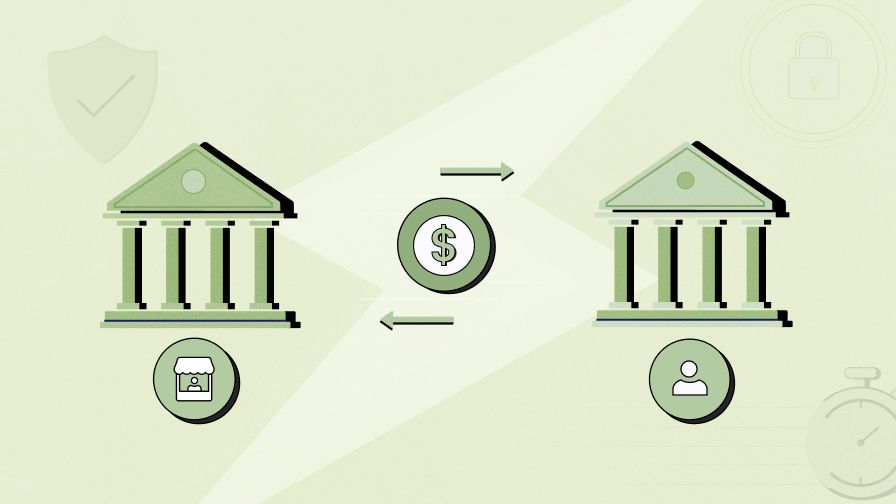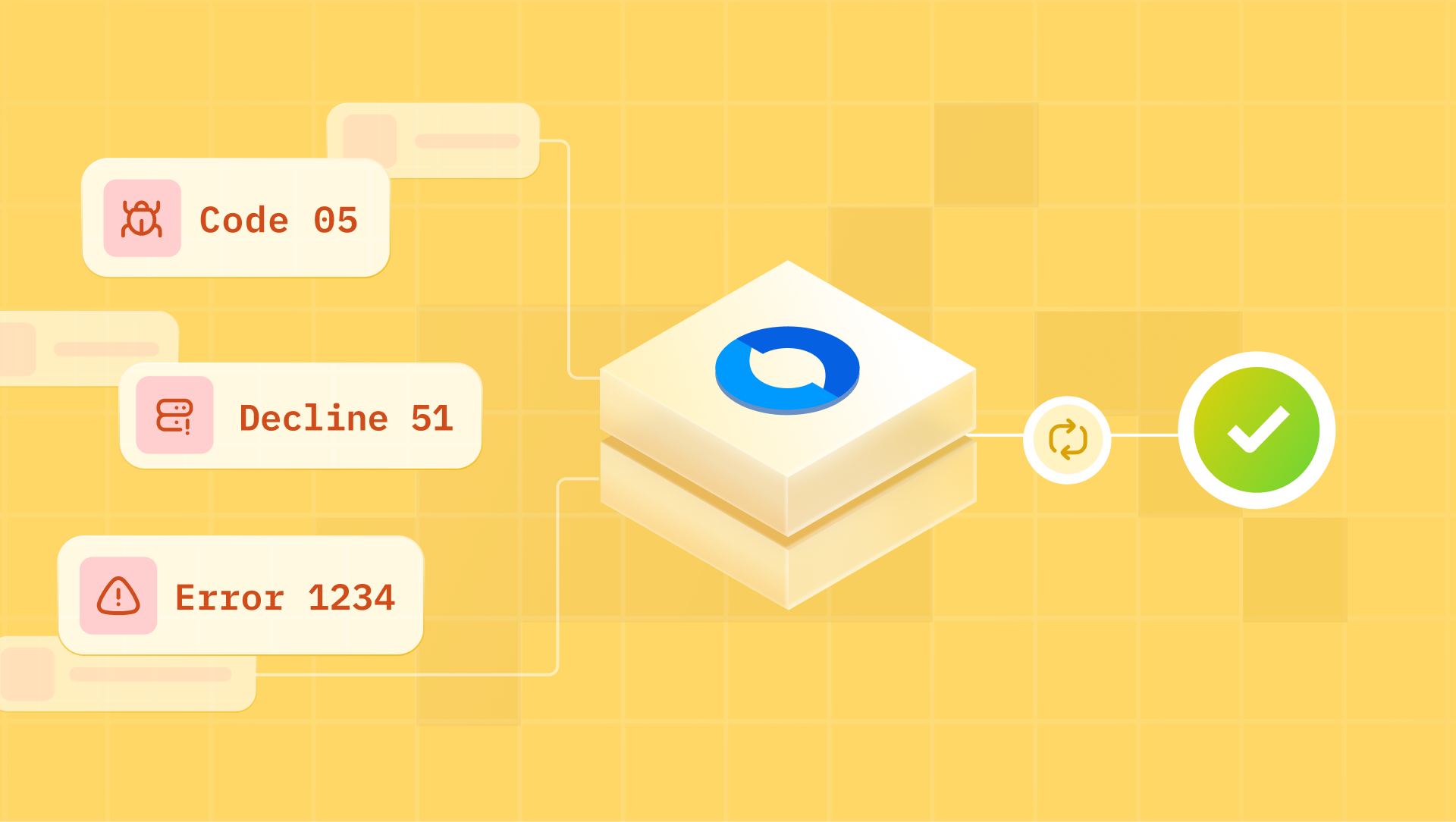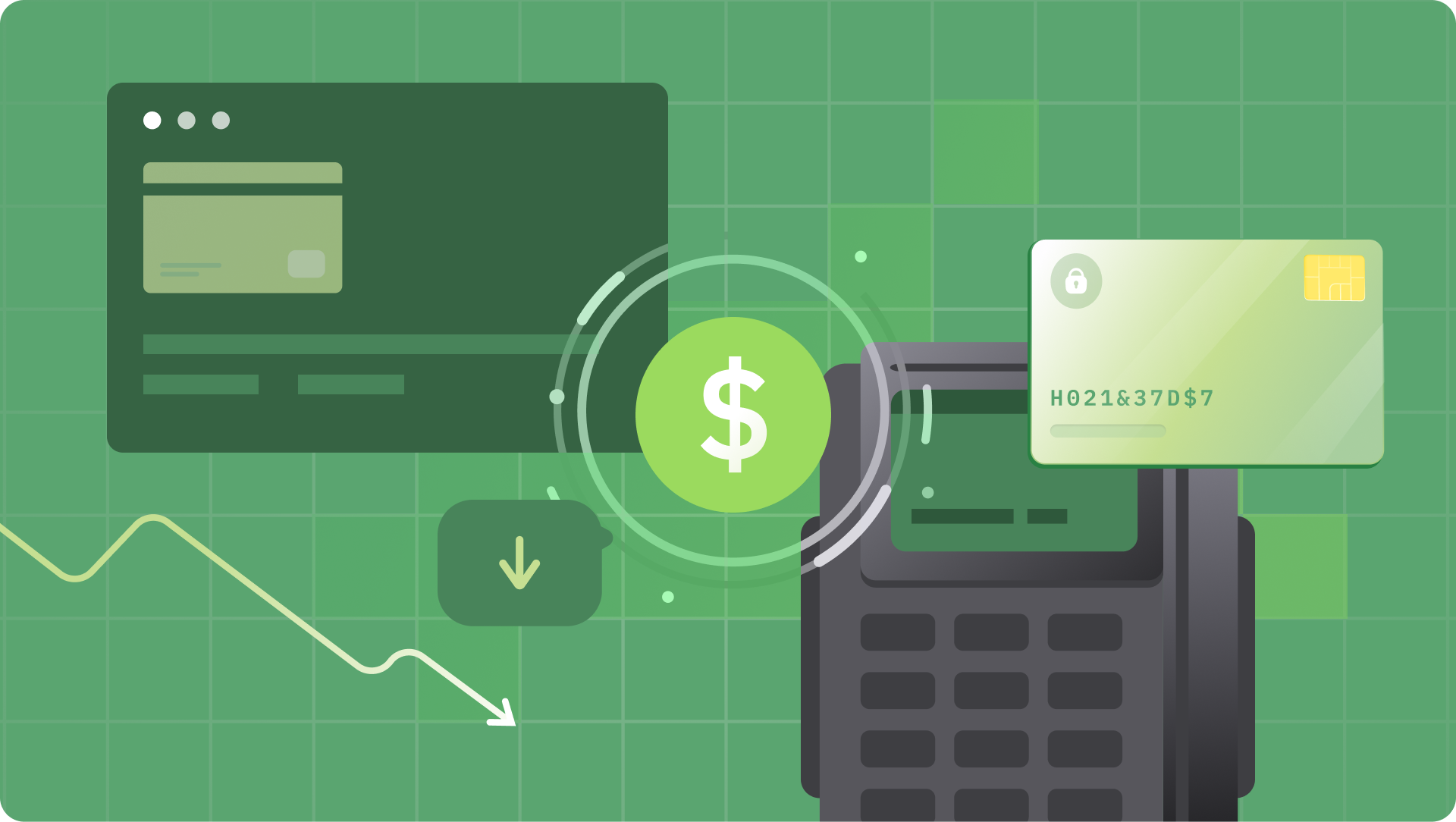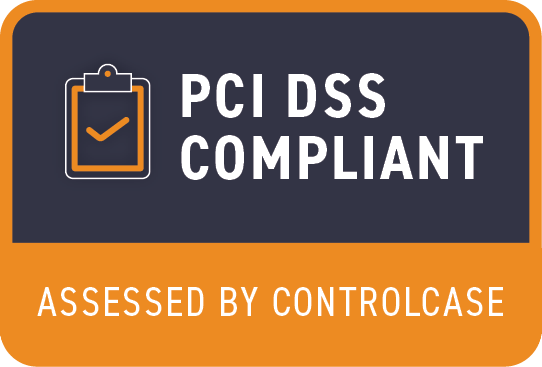ACH (Automated Clearing House) transactions is one of the most common ways money moves digitally between banks. ACH serves as an electronic alternative to paper checks that enables direct deposits, bill payments, and other transfers.
While ACH has been around since the 1970s, its usage continues to grow rapidly today. Understanding what ACH is, how it works, and its key benefits can help both individuals and businesses leverage this convenient, cost-effective payment rail for recurring transfers.
In this comprehensive guide, we will cover ACH payment fundamentals, walk through ACH transaction flow, discuss key types of ACH payments, and compare ACH to other payment methods. Whether you want to save on bill pay costs or accept direct bank transfers from customers, ACH likely has applications that can optimise payments for your needs.
Overview of ACH Payments
ACH stands for Automated Clearing House, which is an electronic network that facilitates financial transactions between banks in the United States. Rather than using paper checks which must be physically processed, ACH enables money to be moved digitally between accounts.
The ACH network was developed in the early 1970s as an efficient alternative to checks. It provides the infrastructure for reliable and cost-effective bank-to-bank transfers. According to NACHA, the organisation that establishes ACH rules and standards, in 2022, ACH transactions totaled more than $77 trillion, driven by an increase in usage by businesses and the popularity of same-day ACH payments.
Some key attributes and capabilities of ACH payments include:
- Electronic processing - ACH transfers money digitally rather than relying on manual paper checks. This makes transactions faster and more secure.
- Batch processing - Instead of real-time settlement, ACH transactions are processed in batches at scheduled intervals throughout the day.
- Low cost - ACH costs significantly less per transaction than methods like checks, wire transfers, and cards.
- Recurring payments - ACH supports recurring scheduled transfers of any frequency like payroll or loan payments.
- Accessibility - ACH is used by consumers, businesses, and government entities to move money between accounts.
- Security - NACHA operating rules and authentication requirements help prevent ACH fraud and abuse.
Understanding these core capabilities can help businesses utilize ACH payments for a variety of use cases ranging from collections to disbursements and payroll. In the next section, we'll explore exactly how ACH transfers work step-by-step.
How ACH Payments Work
When an ACH transfer is initiated, the money moves between the originating and receiving banks through a series of steps:
1. The originator (person, business, or government entity) authorizes an ACH payment through their bank, known as the Originating Depository Financial Institution (ODFI).
2. The payment instructions are submitted to the ODFI. This includes information like the routing and account numbers of the recipient's bank account, transaction amount, account holder names, and the standard entry class code determining the type of ACH transfer.
3. The ODFI aggregates payments into ACH files and submits them in batches at regular intervals to the ACH Operator (typically the Federal Reserve).
4. The ACH Operator processes the files and sorts the transactions by destination Receiving Depository Financial Institution (RDFI).
5. The ACH files are then sent to the appropriate RDFIs.
6. The RDFI debits or credits the accounts of recipients according to the transaction instructions.
7. The receiver gets notified of the payment, such as by an account statement or balance update.
The entire ACH transfer process typically takes 1-2 business days for settlement. While not real-time, it is still faster than checks which can take a week or more. Understanding the ACH workflow helps clarify how payments get routed securely between banks.
Now that we've covered the foundations, we'll go over some of the most common ACH payment types and use cases.
Types of ACH Payments
The ACH network supports a variety of standardised transaction types that originate from consumers, businesses, and government entities. Some of the most common ACH payments include:
- Direct Deposit - Used for payroll, investment income, and government benefits like Social Security. Money is credited to the recipient's account.
- Direct Payment - Used for recurring bill payments like utilities, loans, and subscriptions. Money is debited from the payer's account.
- Business-to-Business (B2B) - Used for payments between suppliers, vendors, contractors, etc. Works for both credits and debits.
- Point-of-Purchase (POP) - Used when consumers authorise a debit from their account at checkout to pay bills or make purchases.
- Peer-to-Peer (P2P) - Used for digital transfers between friends and family, facilitated by mobile apps.
- Tax Refunds - Federal and state governments issue tax refunds via direct deposit.
- Account-to-Account (A2A) - General transfers between accounts at the same or different financial institutions.
These standardized transaction codes and rules enable easy integration into accounting systems, billing platforms, and financial applications.
Now that we've covered the common types, we'll take a look at the benefits and drawbacks of ACH and do a quick comparison to other payment methods.
Benefits and Drawbacks of ACH Payments
Benefits of ACH
There are many advantages to using ACH payments:
- Cost-effective - ACH has low per transaction fees, avoiding high wire or card processing costs.
- Fast settlement - ACH is faster for completing payments than paper checks which take days to clear.
- Convenient - ACH supports easy automated recurring payments for bills, payroll, subscriptions, etc.
- Reliable - The ACH network has high reliability rates for successful on-time delivery of payments.
- Universal accessibility - Any individual or business with a bank account can send or receive ACH payments.
- Reversible payments - Unauthorised or erroneous ACH transfers can be reversed or stopped.
- Rich remittance data - ACH carries more accompanying payment detail than other options.
Drawbacks of ACH
Some downsides or limitations to consider:
- Batch processing - ACH is not real-time like wire transfers; takes 1-2 days to settle.
- Banking hours only - ACH transfers only occur on business days during banking hours.
- Credit risk - Businesses take some risk receiving payments from consumers via direct ACH debits.
- Transaction limits - ACH has per transaction and monthly volume limits to control risk.
- No incentives - ACH does not offer rewards or cash back like some card programs.
Evaluating both the pros and cons allows determining the best fit for specific use cases.
ACH vs. Other Payment Methods
ACH has distinct advantages and disadvantages compared to other ways of transferring money between accounts:
ACH vs Wire Transfers
- Wires are real-time, while ACH is batch-processed.
- Wires have higher per-transaction costs than ACH.
- ACH allows stopping or reversing payments, unlike wires.
ACH vs. Credit/Debit Cards
- Cards provide rewards points and convenience, which ACH lacks.
- ACH has lower processing fees, avoiding card interchange fees.
- ACH directly debits bank accounts rather than requiring a card.
ACH vs. Cheques
- Cheques take longer to settle and clear than ACH.
- Cheques have higher risk of fraud and need physical delivery.
- ACH allows greater remittance data to accompany transfers.
Is ACH Safe for Payments?
ACH offers reasonable safety for sending and receiving payments as long as proper precautions are taken:
- FDIC insured - In the event your bank fails, deposited funds transferred via ACH are protected by FDIC insurance up to $250,000 per account.
- Reversible payments - Unauthorised or fraudulent ACH debits can be disputed and reversed back to your account. This provides protection against loss.
- Traceable transfers - ACH payments create an electronic paper trail showing the flow of funds from account to account.
- Encryption and authentication - ACH transactions utilise identification and encryption to prevent interception or alteration of transfers.
- Industry oversight - Banks and ACH processors must comply with data security regulations and industry best practices.
- Daily limits - Per transaction and monthly volume limits on ACH help control risk and fraud potential.
- Partner vetting - Only allow trusted, validated partners to debit your ACH account to avoid abuse. Monitor activity regularly.
While no payment system is 100% immune from risk, ACH offers reasonable safeguards for individuals and businesses. Following recommended security best practices provides substantial protection and ability to recover losses. The extensive use of ACH payments across the finance industry demonstrates its safety profile for money movement.
Evaluating these tradeoffs allows selecting the right payment method for specific use cases based on cost, speed, integration, and other factors.
ACH Payment Costs
ACH payments incur relatively low fees compared to other electronic payment methods.
The base cost of an ACH transaction is the network fee, which is very small. However, most people use processing partners that charge a flat fee per transaction, which can range from $0.20 to $1.50. Higher-value payments may also incur a small percentage-based surcharge, but this is typically capped at $5.
ACH has become increasingly popular in recent years, largely due to its lower cost. For example, a $1,000 debit transaction made by ACH would likely cost a maximum of $5. A typical credit card, on the other hand, would charge 2% to 3%, or between $20 and $30 – an increase of almost 500%. Virtually across the board, ACH emerges as an immensely cost-effective alternative to card-based solutions.
Conclusion
ACH provides a ubiquitous, cost-efficient infrastructure for electronic payments between bank accounts. Its advantages over checks and cards make it an attractive option for regular business and consumer transactions.
Key benefits of ACH include lower fees, faster settlement than checks, reversibility of erroneous transfers, and the ability to pre-authorize recurring payments. Drawbacks compared to real-time rails include batch processing and lack of transaction incentives.
Many trends point to expanded usage of ACH. Same-day capabilities and mobile P2P growth will accelerate adoption. Tighter integration with accounting systems through APIs streamlines ACH origination.
For businesses, ACH payments should become a standard tool to optimise accounts receivable, improve cash flow timing, reduce processing costs, and enable convenient customer payment options. Consumers can also benefit from ACH for activities like setting up automatic bill pay.
While no payment network is foolproof, ACH provides reasonable security safeguards through encryption, authentication requirements, daily limits, and reversal capabilities. Following recommended fraud prevention best practices is advised.
As ACH evolves to enable faster payments while maintaining its core benefits, understanding how to leverage ACH will be key knowledge for both businesses and consumers alike.








